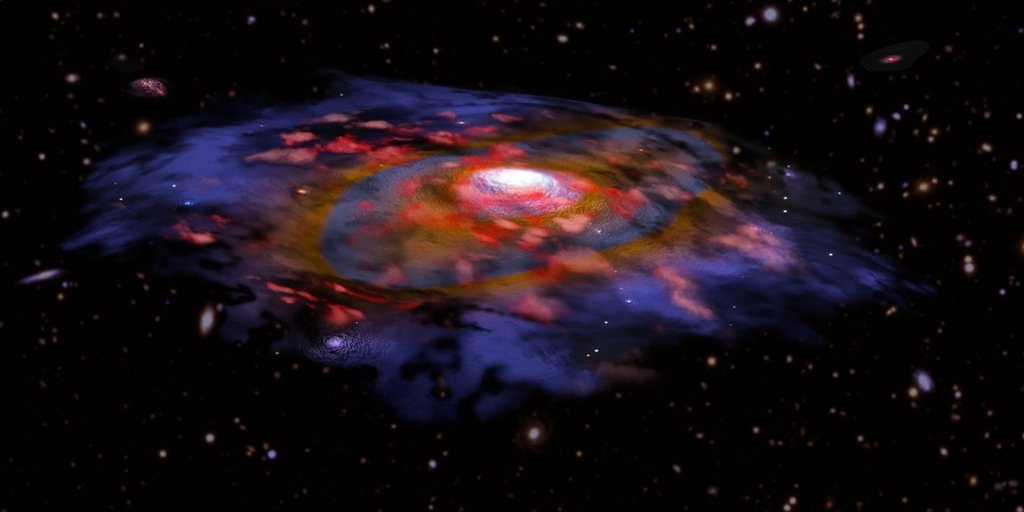Astronomers have made a big discovery with the James Webb Telescope, and it could revolutionize people’s understanding of galaxy origins and formation. They have identified six massive galaxies that appear to have existed during the infancy of the universe and are so enormous that confirming their existence could mean a paradigm shift in the field.

The James Webb Telescope Strikes Again
The findings were based on data collected by the James Webb Telescope, which used its infrared-sensing instruments to capture images of the universe as it was 13.5 billion years ago. The pictures that the James Webb Telescope is taking to find such galaxies decode light that left them when the galaxy was just 3% of its current age. This is just 500 to 700 million years after the big bang, and the newly discovered galaxies look like they somehow matured as much as our 13-billion-year-old Milky Way galaxy.
According to the research, the mass of stars in each of the identified objects found by the James Webb Telescope is several billion times greater than that of our sun. One of these objects is estimated to have a mass that could be as much as 100 billion times larger than that of our sun. To provide context, the mass of stars in the Milky Way is equivalent to approximately 60 billion suns. According to Erica Nelson, an astrophysicist and co-author of the study to Lisa Grossman, space matter shouldn’t have had time to make things that have as many stars as the Milky Way that fast.
Huge Early-Universe Galaxies
The discovery of such massive galaxies during the early stages of the universe’s existence was unexpected by researchers, who were anticipating finding only small and young galaxies. According to most cosmology theories, galaxies are formed from small clusters of stars and dust that gradually grow in size. The currently identified massive objects challenge this narrative as their size cannot be explained by gradual matter accumulation. However, the researchers say it’s early to rewrite cosmology, as they propose some of these objects may actually be obscured supermassive black holes, which could explain the observed starlight in the images as gas and dust being pulled in by their gravity.

The researchers could further validate their findings by obtaining a spectrum image of the identified objects, which would provide information on their age. Galaxies from the early universe typically appear redshifted, meaning the light they emit has been stretched out during their long journey to Earth. A higher redshift value indicates greater stretching and, therefore, greater distance and age of the galaxy. Spectroscopy can help determine if the identified high-redshift candidates are truly old or if they are more recent galaxies that appear red due to intrinsic reddening.
